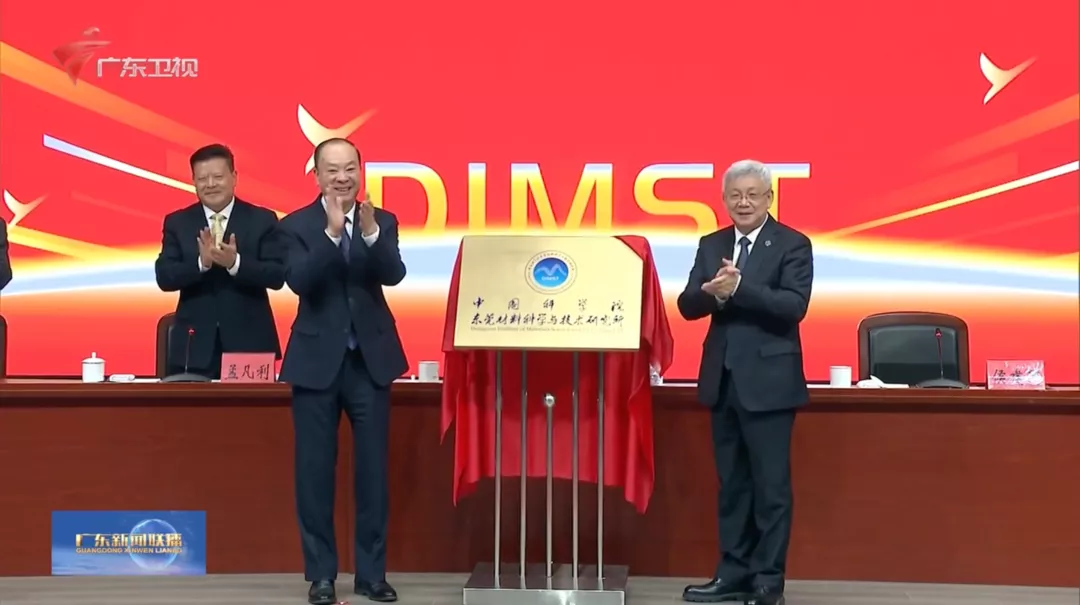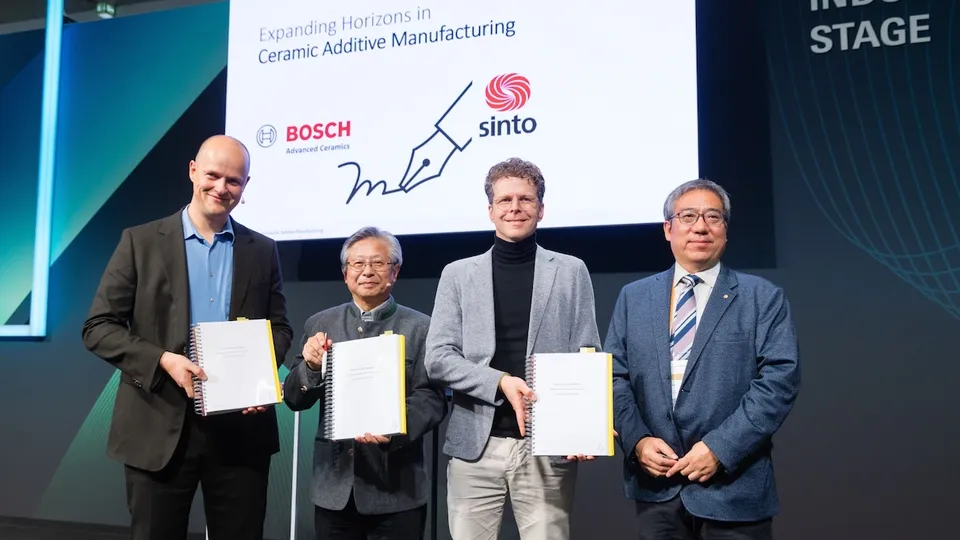State Key Laboratory:
2018 is the 30th anniversary of the State Key Laboratory of High Performance Ceramics and Superfine Microstructure.
The laboratory was established as an open laboratory of the Chinese Academy of Sciences (CAS) in April 1988 and started to operate in January 1989. In 1991, it was incorporated into the State Key Laboratory series as a Class A laboratory. In 1999, the laboratory joined the CAS Knowledge Innovation Plan serving as a high-tech incubator. In 2001, the CAS Laboratory of Inorganic Functional Materials was merged into the State Key Laboratory. Since 1995, the laboratory has been led in sequence by Professor Dongsheng Yan, Professor Jingkun Guo, Professor Dongliang Jiang, Professor Jianlin Shi and Professor Lidong Chen. It has passed six national evaluations with high grades.
The State Key Laboratory of High Performance Ceramics and Superfine Microstructure operates on an “Open, Mobile, Cooperative, and Competitive” mechanism and strives to create an up-and-coming environment to stimulate researchers’ enthusiasm and creativity. Aiming at national strategic demands and key scientific and technological challenges, the laboratory selected four key research directions: structural design and exploration of inorganic non-metallic materials, inorganic structural materials, inorganic functional materials and biomedical materials. Sitting at the forefront of materials science with a focus on interdisciplinary research, the laboratory conducts original and pioneering research targeting at the research fields above.
The current director of the laboratory is Professor Lidong Chen. The chair of the academic committee is Professor Dongliang Jiang, member of the Chinese Academy of Engineering (CAE). The laboratory has 98 staff scientists, including 1 member of CAS, 1 member of CAE, 6 awardees of Special Support Program for National High-Level Talents, 6 awardees of National Science Foundation (NSF) Distinguished Young Scientists, 2 awardees of NSF Excellent Young Scientists. The research team consists of 49 professors, 38 associate professors, and 12 assistant professors/engineers, nearly all of whom hold PhD degrees.
The academic committee of the laboratory, including experts from domestic and international institutes, is responsible for advising on research directions and reviewing open research funds. The director is in charge of overall development of the laboratory. The laboratory is engaged to advance the discipline of inorganic non-metallic materials through establishing new theory and methodology on design theory of high-performance inorganic non-metallic materials, structure-property relation, physical chemistry of material synthesis and preparation, and exploration of new materials. The laboratory also assumes responsibilities of meeting the urgent needs on advanced inorganic non-metallic materials from national economic construction and defense security.
Over 30 years of development, the capability of the laboratory conducting scientific research has been significantly improved across the board. A number of important outcomes due to scientific and technological innovations have been produced. On the side of basic science, the number of published high-quality academic publications has increased significantly, which is followed by the increased impact of the laboratory both nationally and globally. On the side of applications in high technology, research products have been closely incorporated into cutting-edge applications such as national defense, which has leveraged the ability of the laboratory to serve the nation’s strategic plans. The structure of the research team has been improving over the years. A batch of middle-aged scientists have become academic leaders and are joined by an army of young researchers. The hierarchical team is now of international academic standard on both fundamental and application researches. The laboratory has become a main thrust in China for developing the discipline of inorganic non-metallic materials, especially in advanced ceramics and related areas. Meanwhile, the laboratory has become a platform attracting outstanding scientists, training young scientists, and for high-level international exchange and collaboration.
Research Fields
1、Research on Microstructure Design & Materials Exploration
Integrated Computational Materials Research Center
Thermoelectric Materials and Devices (Prof. Lidong Chen)
Photovoltaic Materials and Devices (Prof. Fuqiang Huang)
Combinatorial Method and New Materials Research (Prof. Qian Liu)
Computational Electrochemistry Research (Prof. Jianjun Liu)
Ionically Conducting Materials and Devices (Prof. Tao Zhang)
Transmission Electron Microscopy Group (Prof. Fangfang Xu)
Group of characterization on microstructure and microanalysis by SEM & EPMA (Prof. Yi Zeng)
2、Research on Advanced Structural Ceramics
Ceramic Matrix Composites Research Group (Prof. Shaoming Dong)
Advanced Carbide Ceramics Group (Prof. Dongliang Jiang, Prof. Zhengren Huang)
Advanced Environmental Materials Group (Prof. Yuping Zeng)
Advanced Oxide Transparent Ceramics (Prof. Shiwei Wang)
Materials Science in Space with Research and Development of Experimental Facilities (Prof. Xuechao Liu)
Colloidal Processing Science for Advanced Ceramics (Prof. Jingxian Zhang)
3、Research on Functional Materials and Devices
Ferroelectric and Piezoelectric Materials and Devices (Prof. Xianlin Dong)
Porous and Functional Nanomaterials Group (Prof. Hangrong Chen)
Laser and Optical Single Crystals Group (Prof. Liangbi Su)
Nano Functional Materials for Photocatalysts and Flexible Electronics (Prof. Jing Sun)
Research Group of Environmental Functional Materials (Prof. Wenzhong Wang)
Inorganic Metastable Materials Design and Application (Prof. Jianding Yu)
Research Lab for Industrial Ceramic Materials (Prof. Ping Jin)
4、Research on Biomaterials & Medical Materials
Mesoporous and Low-Dimensional Nanomaterials (Prof. Jianlin Shi)
Biomedical Materials and Tissue Engineering Research Group (Prof. Chengtie Wu)
Biomaterials Surface and Interface Group (Prof. Xuanyong Liu)
Bio-Nanotechnology Research Group (Prof. Yingjie Zhu)
Bio-Composites Research Group (Prof. Congqin Ning)
Mailing address: 1295, Ding-xi Road, Shanghai 200050, CHINA
Support Unit: Shanghai Institute of Ceramics, Chinese Academy of Sciences.
Tel : +86-21-5241-2614
Fax : +86-21-5241-3122
Website: http://www.skl.sic.cas.cn/
Declaration: This article is provided by CERADIR™ users or obtained from Internet, the content does not represent the position of CERADIR™. We are not responsible for the authenticity/accuracy of the article, especially the effects of the products concerned. This article is for study only, it does not constitute any investment or application advice. For reprinting, please contact the original author. If it involves the copyright and/or other issues, please contact us and we will deal with it asap! CERADIR™ has the interpretation of this declaration.







